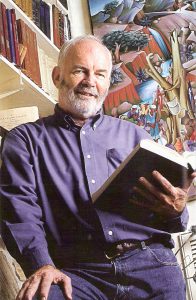This report is a companion report, highly applied in nature, to another report which the author has prepared discussing several general issues and ambiguities which have arisen concerning the dynamics of rural Haitian land tenure. In June of 1978, I had prepared a preliminary report on land tenure for USAID/Haiti. The materials for the present report were gathered during a visit to Aux Cayes, made with the intention of getting impressions on the land tenure situation in the region of PDAI activities, in particular, the Acul River watershed. Edit with Elementor
|
Save draft
Preview
Publish Add title
Hillside Units, Wage Labor, And Rural Haitian Land Tenure
This report is a companion report, highly applied in nature, to another report which the author has prepared discussing several general issues and ambiguities which have arisen concerning the dynamics of rural Haitian land tenure. In June of 1978, I had prepared a preliminary report on land tenure for USAID/Haiti. The materials for the present report were gathered during a visit to Aux Cayes, made with the intention of getting. impressions on the land tenure situation in the region of PDAI activities, in particular the Acul River watershed.

